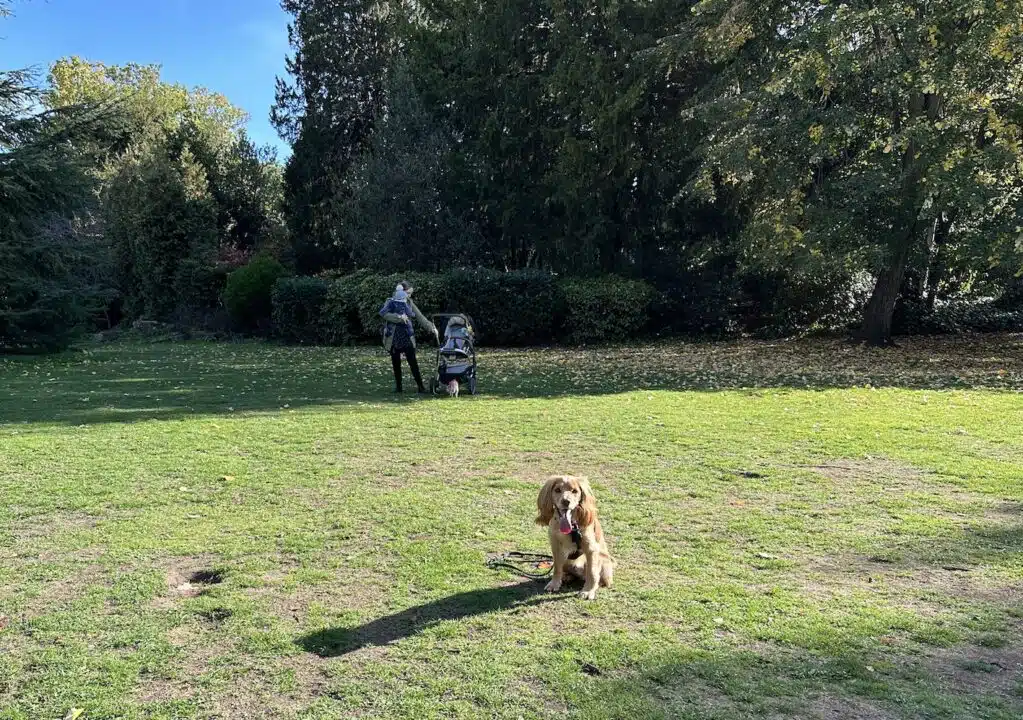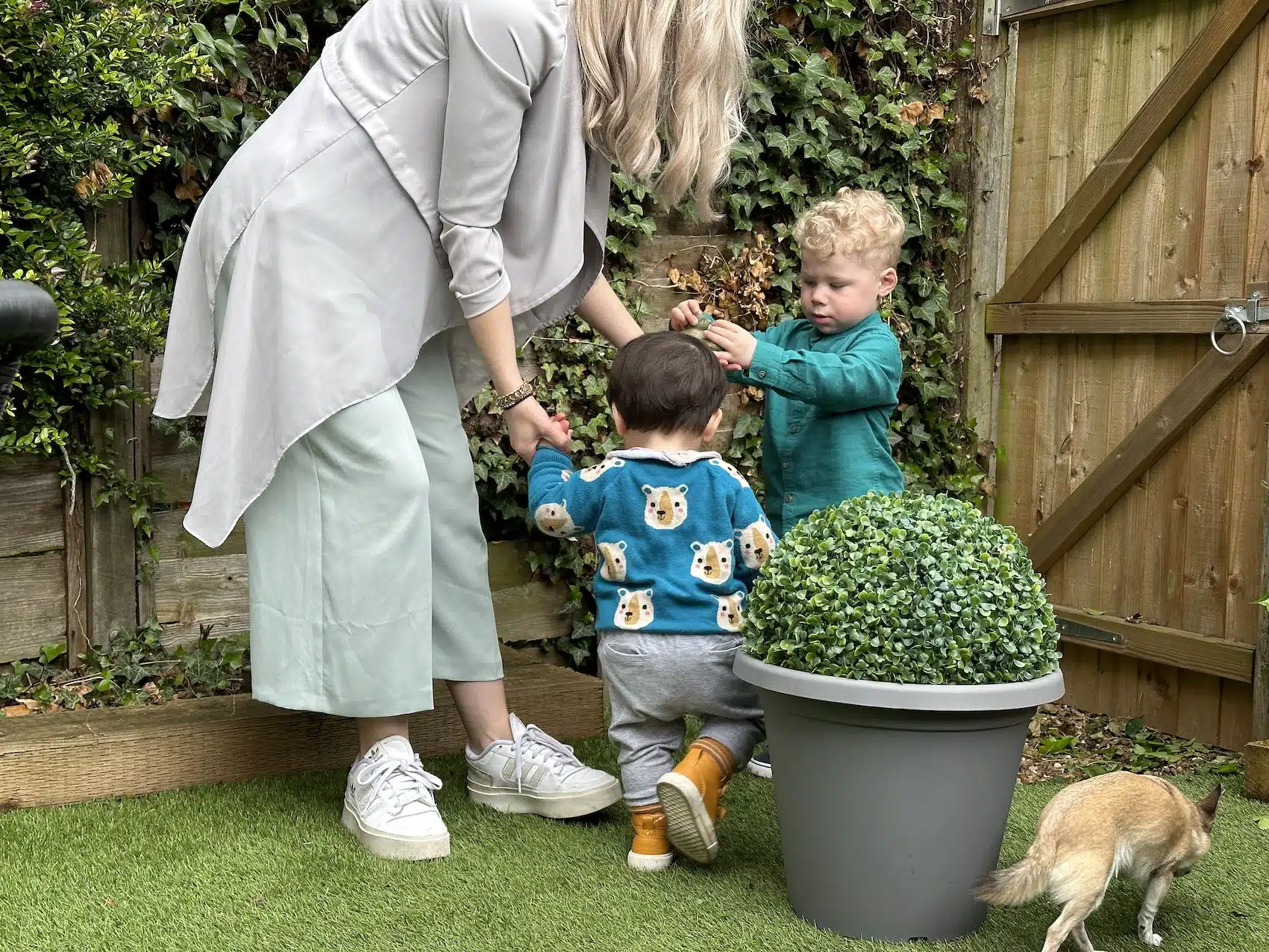The Complexity of Training
It’s important to note that achieving those three simple wishes is not as straightforward as merely ignoring bad behaviour and rewarding good behaviour. Dog training is a process that requires a deeper understanding of your pet’s psychology and individual needs. Ignoring undesirable behaviour can sometimes be misinterpreted by the dog, and can get them into a lot of trouble. Training is about finding the right balance, offering guidance, and addressing issues in a constructive manner. The process often involves troubleshooting and adapting your approach to your dog’s unique personality and quirks. This flexibility is crucial in navigating the journey toward a well-behaved canine companion.

Training & Clear Communication:
As responsible pet owners, it’s our responsibility to teach our dogs what we want and what we expect from them. Effective communication is essential in this process because dogs don’t instinctively understand our expectations; it’s up to us to convey them clearly through proper training. For instance, you can train your dog to walk by your side, eliminating the pulling habit. Teaching them a strong recall is non-negotiable and could be a life-saver. Training them to sit instead of jumping on you and your guests is equally important. Additionally, communicate to them that settling down during a phone call is the expected behaviour. These behaviours can be trained individually, and with consistent practice, they become solid habits. This makes it much easier to communicate to your dog in various situations and helps build lasting habits, reducing mistakes and the need for constant commands.

Consistency is Key:
It’s crucial that everyone in your household is on the same page, using consistent commands and rules. The last thing we want is to leave our dogs confused, causing them to make frequent mistakes. By being consistent, we provide a clear understanding of expectations, allowing our furry companions to succeed, and ultimately, creating a happier and more harmonious home for everyone.
Example: Barking for Attention:
Consider the scenario where a dog barks at the dinner table for food. At home, you don’t allow this behaviour, but when you visit a pub once a week, you feed your dog if they bark, just to keep them quiet. Or the phone rings and they start barking for your attention so you give them a tasty chew. The result? Confusion. The dog isn’t sure what’s expected because the rules seem to change.

Train for Better Behaviours!
A Solution: Teaching a Solid Settle: To address this, it’s essential to teach your dog a solid “settle” command during shorter mealtimes at home. Start with breakfast or lunch and gradually work your way up to dinner. Same with a phone call, practice with fake calls and teach your dog to settle when on a call.
Consistency in applying the rule is crucial. Once your dog understands the concept at home, expand the training to various environments, such as a park bench, or while having a coffee, or chatting to a friend. This gradual approach helps your dog generalise the behaviour, understanding that the “settle” command applies everywhere, including when you’re enjoying a pub meal. This way, you establish clear expectations for your dog, reducing confusion and ensuring consistent behaviour, whether you’re at home or out and about.
Here is how you can start your settle training:






